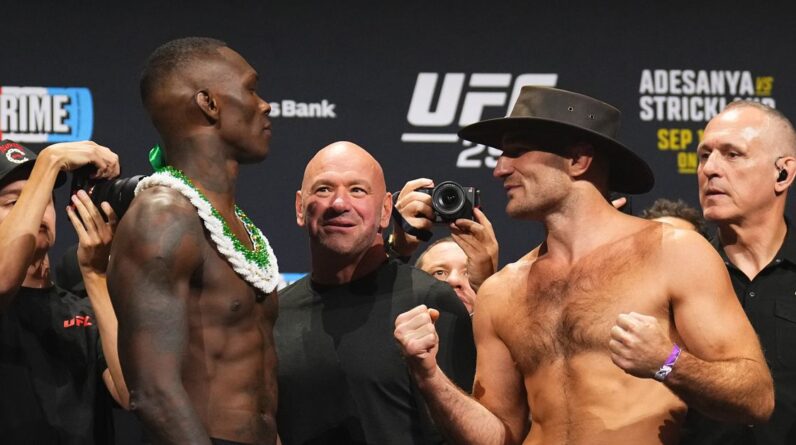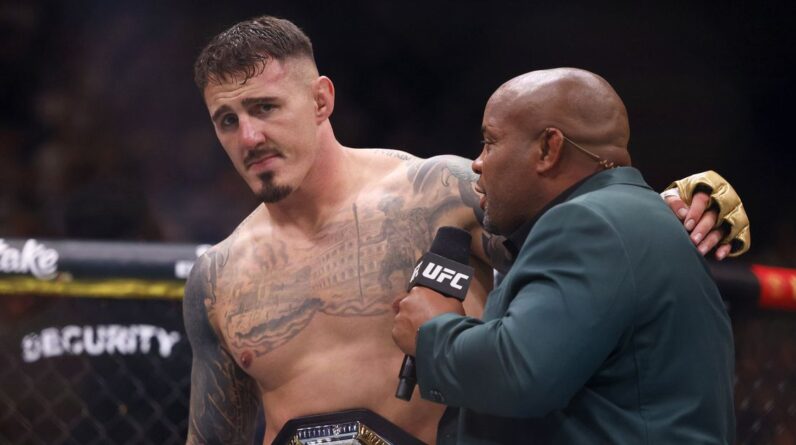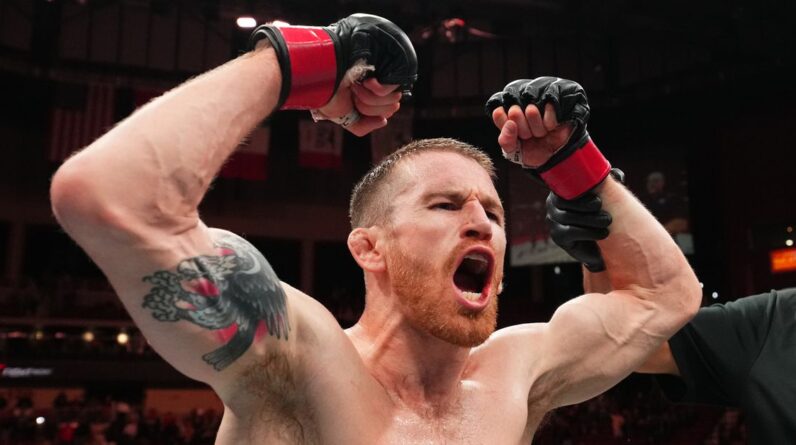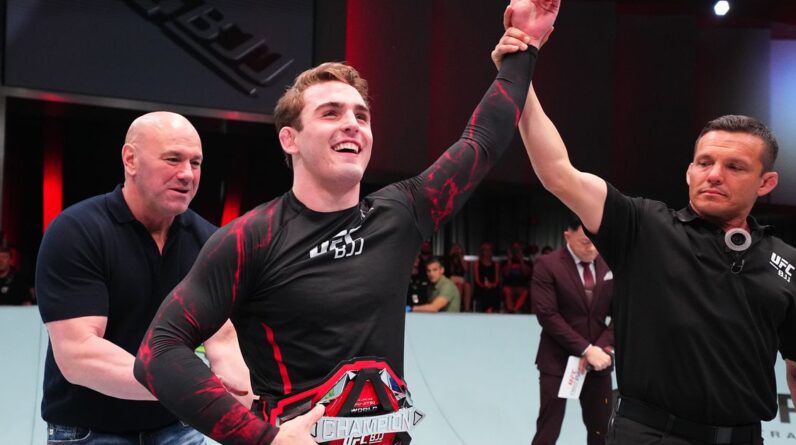Table of Contents
Jiu-Jitsu vs. Striking Arts: Discovering the Ground Game in MMA
Imagine stepping into the octagon, where every maneuver counts and mastering the art of control can mean the difference between victory and defeat. Unlike karate, tae kwon do, and other striking arts where the primary goal is to punch, kick, or strike your opponent, jiu-jitsu flips the script. Instead of trading blows standing up, jiu-jitsu directs its energy to taking an opponent to the ground and neutralizing their attack from within their comfort zone. Intrigued? Let’s break down what sets this discipline apart and why every MMA enthusiast should appreciate the power of the ground game.
The Essence of Jiu-Jitsu in MMA
At its core, jiu-jitsu focuses on grappling, submissions, and positional dominance. Here’s why it stands out:
- Technique Over Force: You learn to use an opponent’s energy against them, optimizing leverage and technique rather than relying on brute strength.
- Ground Control: Because most MMA fights end up on the mat, mastering transitions, escapes, and submissions is essential.
- Versatility: Whether you’re defending against a punch or countering a takedown, jiu-jitsu arms you with strategies to control and subdue adversaries no matter the situation.
For many, the magic of jiu-jitsu lies in its philosophy: every movement matters, and precision can overcome power. This nuanced approach provides openings for both seasoned pros and emerging fighters to outthink, outmaneuver, and ultimately outlast an opponent.
Comparing Jiu-Jitsu, Karate, and Tae Kwon Do
To appreciate the distinctive benefits of jiu-jitsu, consider this comparison table:
| Aspect | Jiu-Jitsu | Karate/Tae Kwon Do |
|---|---|---|
| Primary Focus | Grappling and submissions | Striking techniques |
| Fight Stance | Neutral, fluid transitions | Fixed, forward-facing |
| Objective | Control and submit on the ground | Knockout through strikes |
| Emphasis | Technique and leverage | Speed and power |
This breakdown showcases that while striking arts deliver explosive moments, jiu-jitsu thrives on subtler, strategic engagements that often lead to dramatic turnarounds once the fight goes to the turf.
Frequently Asked Questions (FAQs)
- Q: Is jiu-jitsu only effective on the ground?
A: Absolutely not. While its strength lies in ground control, jiu-jitsu techniques also enrich your overall MMA game by improving your clinch work and defensive posture. - Q: Can a fighter trained primarily in striking learn jiu-jitsu?
A: Yes! Many champions incorporate jiu-jitsu fundamentals into their training for a well-rounded fighting style. The blend of striking and grappling is what modern MMA is all about. - Q: How long does it take to effectively integrate jiu-jitsu in MMA training?
A: The journey is personal. Some fighters see early results through consistent practice, while others may take years to master the subtleties. Consistency and a willingness to learn are key.
Why MMA Fans Can’t Afford to Miss Out
Whether you’re a hardcore MMA fanatic, a casual sports follower, or a fighter yourself, grasping the fundamentals of jiu-jitsu can elevate your appreciation for the sport. Picture the exhilaration of witnessing a fighter outmaneuver a superior striker by expertly transitioning to the mat and executing a flawless submission—that’s the art of jiu-jitsu in action!
If you’re looking to dive deeper into the nuances of MMA and uncover more high-octane insights into the world of grappling and striking arts, stay tuned. Engage with us in the comments below; your thoughts and questions fuel the conversation.
Ready to explore further? Connect with our community and sharpen your fight IQ—because in MMA, every technique counts.
Insert image of an MMA fighter executing a perfect jiu-jitsu takedown here.
Source: Example MMA Resource





